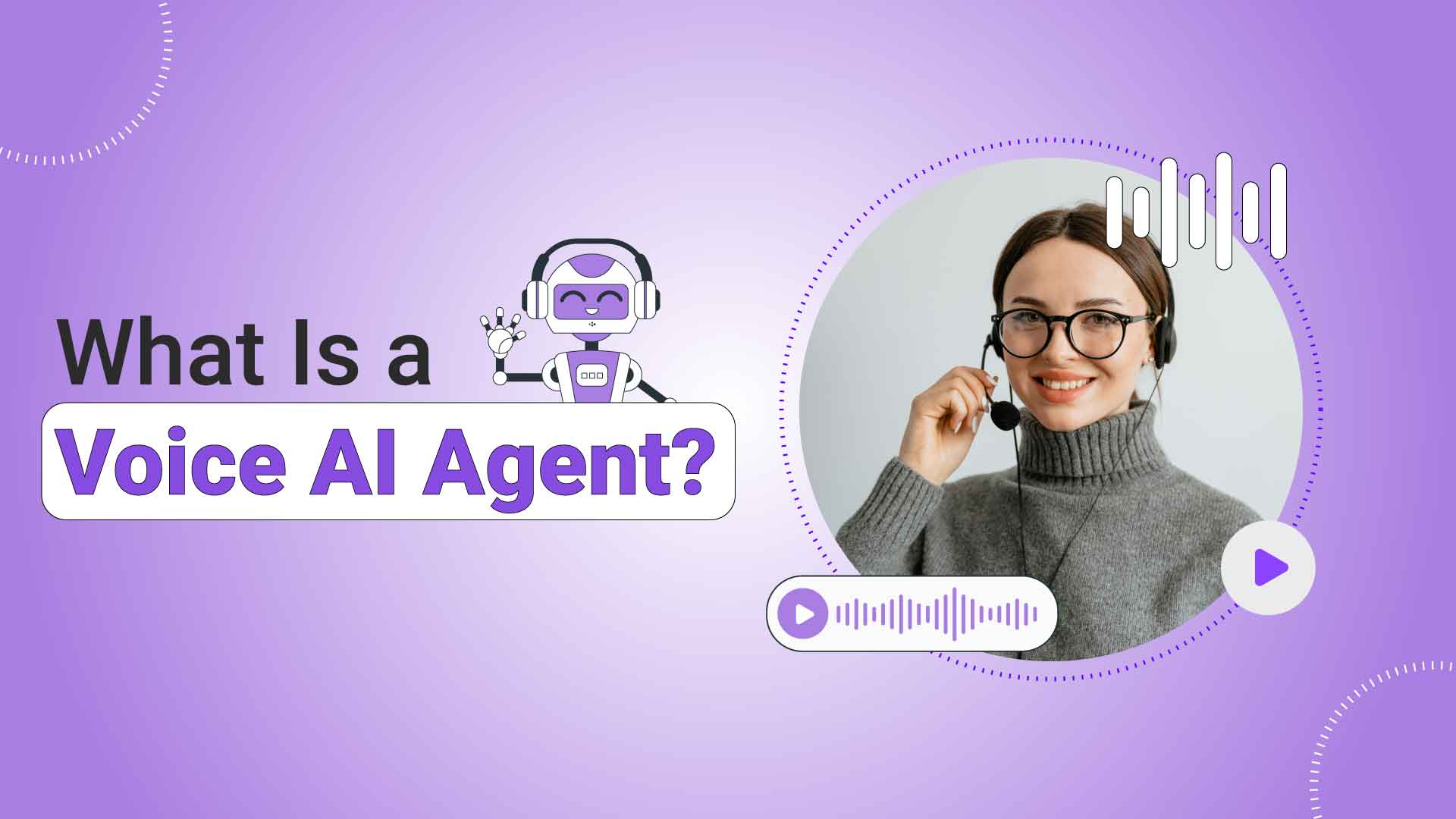What Is a Voice AI Agent? A Beginner-Friendly Guide
In today’s fast-paced digital world, the way we interact with technology is changing rapidly. One of the most transformative developments in this space is the Voice AI Agent—an intelligent assistant that listens, understands, and performs tasks using voice commands. If you're new to this concept, this beginner-friendly guide will explain what a voice AI agent is, how it works, and how it can significantly boost your productivity.
What Is a Voice AI Agent?
A voice AI agent is a software system powered by artificial intelligence (AI) that can understand and respond to voice commands. Unlike traditional assistants that require typed inputs or button clicks, a voice AI agent allows users to control digital systems through spoken language.
From setting reminders to running complex workflows in SaaS tools, voice AI agents are being adopted in homes, offices, and enterprise settings alike.
How Does Voice AI Work?
To understand how a voice AI agent functions, it's helpful to break down the underlying technology into three major components:
1. Speech Recognition - This is the first step where the agent listens to the user's voice and converts it into text using Automatic Speech Recognition (ASR).
2. Natural Language Understanding (NLU) - Next, the AI interprets the meaning of the text using natural language processing (NLP) techniques. It determines the intent and extracts relevant data from the command.
3. Task Execution - Finally, based on the intent, the agent performs the requested task—whether it’s opening an app, replying to an email, or logging a task in a project management tool.
Real-World AI Agent Examples
Voice AI is no longer limited to science fiction or virtual assistants like Siri and Alexa. It's rapidly evolving into more advanced applications for workplace and productivity use. Here are some AI agent examples in different environments:
Getting started with a voice AI agent typically involves three simple steps:
1. Choose a Platform
There are various platforms and tools offering voice AI capabilities. Some are built into smartphones (like Google Assistant or Siri), while others are built for productivity automation (e.g., AI agents for SaaS tools).
2. Train or Configure the Agent
Many platforms allow users to define specific voice triggers or workflows. You might say “Create a task in Notion” or “Send email update to the marketing team.”
3. Speak Naturally
The best part is that modern conversational AI agents are designed to understand natural language, so you don’t need to memorize commands.
Benefits of Using Voice AI Agents
Here’s why voice AI agents are gaining popularity among both individuals and businesses:
Hands-Free Efficiency - Perfect for multitasking, especially in environments like driving or medical offices.
Productivity Automation - By integrating with multiple tools, voice AI acts as one of the most effective productivity automation tools. A simple command can replace multiple clicks and screens.
Accessibility - Voice command software makes digital tools more accessible for people with disabilities or impairments.
Speed and Convenience - Tasks like setting meetings, sending reminders, or generating reports can be done in seconds.
Common Use Cases of Voice AI Agents
If you're wondering where exactly you can use a voice AI agent, here are some typical scenarios:
Automating Emails: “Send a follow-up email to the sales lead.”
Task Management: “Add ‘Review campaign metrics’ to my To-Do list.”
Meeting Scheduling: “Schedule a team meeting on Friday at 3 PM.”
Data Lookup: “What were the Q2 sales figures?”
Challenges and Considerations
While voice AI is powerful, it’s not without challenges:
Accent and Language Limitations: Some platforms still struggle with diverse accents.
Privacy Concerns: Voice data needs to be handled securely.
Noise Interference: Environments with background noise may affect accuracy.
Choosing a voice command software that offers robust error handling and supports your language or accent can help mitigate some of these issues.
What to Look for in a Voice AI Agent Platform
When selecting a platform for your voice AI needs, here are some key features to consider:
The future of conversational AI agents lies in their ability to understand context and make autonomous decisions. Upcoming generations of voice AI tools will not just execute tasks—they’ll predict what you need, prioritize tasks, and even take proactive steps based on previous behavior.
Companies are also investing heavily in multimodal AI, where voice works in tandem with visual and text-based inputs, creating more intuitive interactions.
Final Thoughts
A voice AI agent isn’t just another tech trend—it’s quickly becoming a foundational tool in how we work and interact with digital systems. Whether you're a professional looking to save time or a business aiming to boost efficiency, voice AI is worth exploring.
Getting started is simple, and the benefits—hands-free productivity, faster workflows, and improved accessibility—make it one of the most exciting developments in AI today.
For a deeper dive into how conversational AI works across industries, check out this McKinsey report on AI trends.
Powered by Froala Editor
